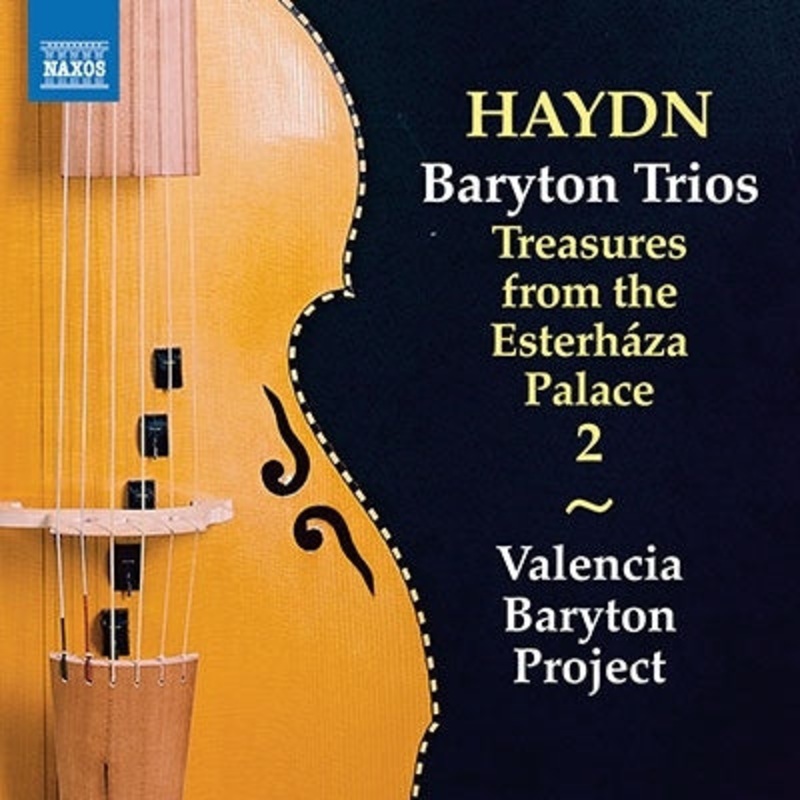
Credits:
Valencia Baryton Project
Description:
For almost 25 years, Joseph Haydn served as court musician to the wealthy Esterhzy family. Especially during his tenure as court musician, the head of the family, Nicholas I (1714-1790), showed a deep understanding of music and encouraged Haydn's activities, to which Haydn responded by creating numerous works and performing them with great enthusiasm. Nicholas I favored the "baritone," which was invented in the late 17th century. The baritone is an instrument of the viol family invented in the late 17th century, usually with 6 or 7 gut strings and 9 to 24 (often 12) metal strings covered with a plate on the front, which can be plucked with the left thumb as well as being a resonant string. However, the large number of strings made it difficult to tune and play, and by the 19th century it had almost fallen into disuse. Haydn seems to have had little knowledge of this instrument, but he studied it for his lord and composed 126 trios by baritone, viola, and cello, as well as duets and concertos. These trios were published in a five-volume series, but are rarely performed today, probably due to the rarity of the instrument. The most suitable key for this instrument is A major, so many of the pieces are written in A major.Following the first album (8.574188), this album also includes six baritone trios, and Matthew Baker plays a restored instrument by Owen Morse-Brown, created in 2004, which faithfully reproduces the liturgical sounds of the 18th century. Naxos Japan
